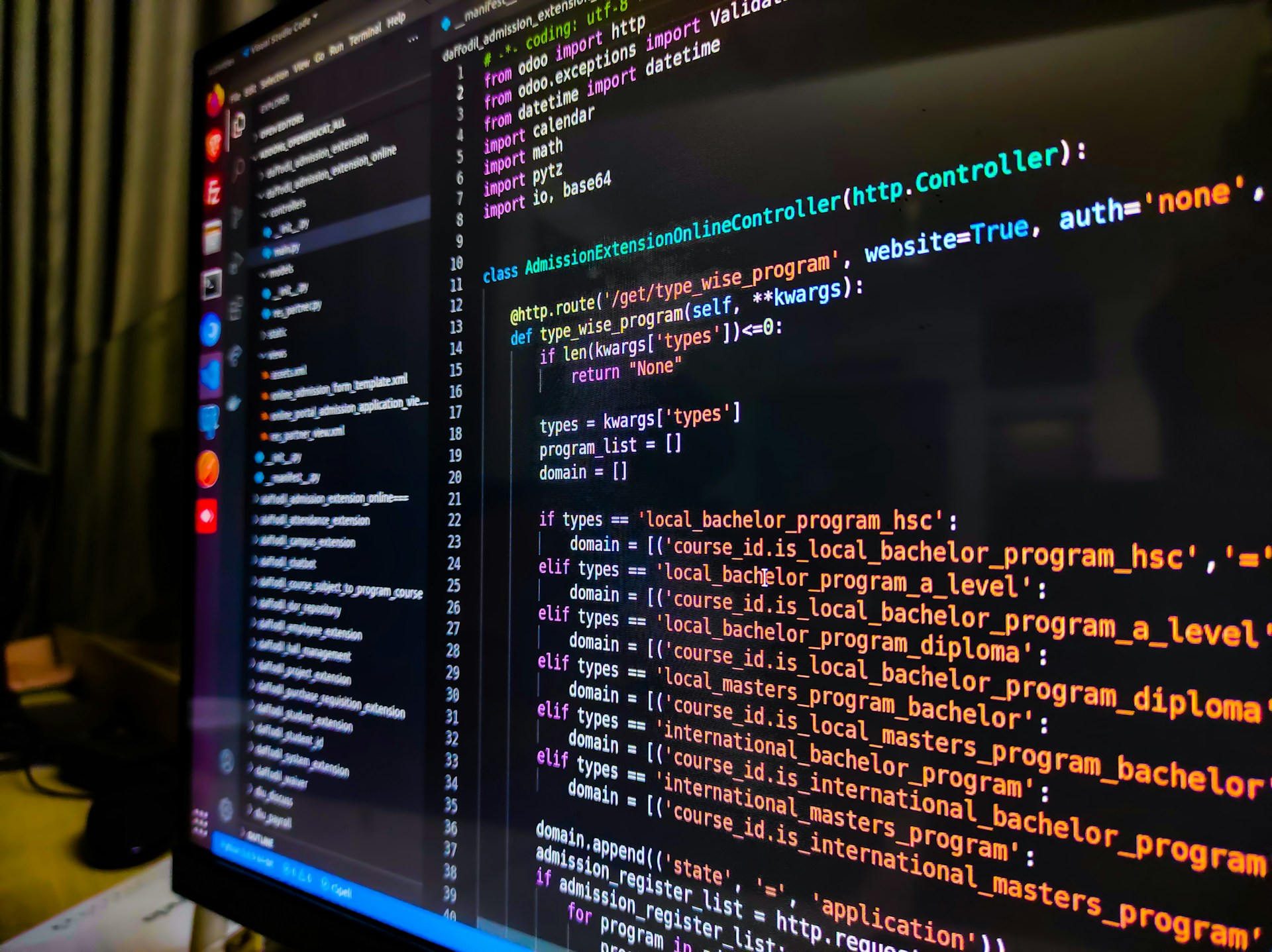Emerging Cybersecurity Threats in 2025: What Businesses Should Prepare For
Cybersecurity is no longer just a concern for IT departments—it’s a critical business priority.
As technology advances, so do cyber threats. In 2025, businesses will face new and more sophisticated cyberattacks that could disrupt operations, steal sensitive data, and cause severe financial losses.
Hackers are becoming smarter, using artificial intelligence (AI), deepfake technology, and advanced social engineering tactics to breach security systems. If businesses don’t prepare, they could suffer major security breaches.
So, what are the key cybersecurity threats in 2025? And how can businesses stay ahead of them? Let’s explore.
1. AI-Powered Cyberattacks
How AI Is Changing Cybercrime
AI isn’t just benefiting businesses—it’s also empowering hackers. Cybercriminals now use AI to automate attacks, making them faster and more precise. AI-driven malware can adapt to security measures, making it harder to detect.
What Businesses Should Do
- Use AI for Defense: Deploy AI-driven security tools that detect and respond to threats in real-time.
- Continuous Monitoring: AI-powered attacks evolve quickly, so businesses must have round-the-clock monitoring.
- Employee Training: Educate staff on how AI-based phishing scams work to reduce human error.
2. Deepfake Attacks and Social Engineering
The Rise of Deepfake Scams
Deepfake technology uses AI to create fake videos, audio, and images that look real. Hackers can impersonate CEOs, executives, or even clients to trick employees into making financial transactions or sharing sensitive data.
Real-World Example
In 2023, a finance employee at a multinational company was tricked into transferring $25 million after receiving a deepfake video call that looked exactly like their CEO. This kind of fraud will become more common in 2025.
How to Prevent Deepfake Attacks
- Verify Identities: Use multi-factor authentication and voice authentication for financial transactions.
- Raise Awareness: Train employees to recognize deepfake technology and verify unusual requests.
- Invest in AI Detection Tools: AI can detect manipulated videos and audio before damage is done.
3. Ransomware 2.0: Double and Triple Extortion
How Ransomware Is Evolving
Ransomware is not just about encrypting files anymore. In 2025, hackers will use double and triple extortion tactics:
- Double Extortion: Hackers steal data before encrypting it and threaten to leak it unless a ransom is paid.
- Triple Extortion: Attackers demand ransom from third parties (like customers or partners) affected by the data breach.
How Businesses Can Defend Themselves
- Regular Backups: Store backups offline to prevent them from being encrypted.
- Zero-Trust Security: Restrict access to sensitive data so attackers can’t easily steal it.
- Incident Response Plans: Have a clear plan for handling ransomware attacks, including legal and PR strategies.
4. Cloud Security Risks
Why Cloud Security Matters More Than Ever
As more businesses move to cloud storage, hackers are targeting cloud services. Poor security configurations, weak passwords, and mismanaged access controls make cloud data vulnerable.
Key Risks in Cloud Security
- Unauthorized Access: Hackers exploit weak passwords and stolen credentials to access cloud environments.
- Data Leaks: Misconfigured cloud settings can expose sensitive data to the public.
- Supply Chain Attacks: Cybercriminals target cloud providers to gain access to multiple companies at once.
How to Secure Cloud Data
- Use Multi-Factor Authentication: This prevents unauthorized access even if passwords are stolen.
- Encrypt Data: Even if hackers access cloud storage, encrypted data is useless without decryption keys.
- Conduct Security Audits: Regularly check cloud configurations and access permissions to prevent vulnerabilities.
5. The Internet of Things (IoT) as a Weak Link
Why IoT Devices Are a Security Risk
Smart devices like security cameras, smart thermostats, and connected printers improve efficiency, but they also create security gaps. Many IoT devices have weak security, making them easy targets for hackers.
What Can Go Wrong?
- Botnet Attacks: Hackers take control of thousands of IoT devices and use them to launch massive cyberattacks.
- Data Breaches: IoT devices collect sensitive data, and if hacked, this data can be exposed.
- Network Infiltration: Hackers can use one weak IoT device to gain access to an entire company network.
How to Secure IoT Devices
- Change Default Passwords: Many IoT devices come with weak default passwords that hackers can easily guess.
- Segment Networks: Keep IoT devices on a separate network from business-critical systems.
- Regular Updates: Install firmware updates to fix security vulnerabilities.
6. Insider Threats: Employees as a Security Risk
Not All Threats Come from Hackers
Sometimes, the biggest threats come from inside a company. Employees—whether malicious or careless—can cause data breaches.
Types of Insider Threats
- Malicious Insiders: Employees who steal data or sabotage systems for personal gain.
- Negligent Insiders: Employees who accidentally expose data by clicking phishing links or using weak passwords.
- Compromised Insiders: Employees whose accounts are hacked and used for attacks.
How Businesses Can Reduce Insider Threats
- Access Control: Limit employee access to only the data and systems they need.
- Security Awareness Training: Teach employees how to recognize cyber threats.
- Monitor Activity: Use security software to detect suspicious behavior in company networks.

7. Supply Chain Attacks: The Hidden Cyber Threat
How Hackers Target Suppliers
Instead of attacking a business directly, hackers target suppliers, vendors, or third-party service providers. If one supplier has weak security, hackers can use it to access multiple companies.
Example: The SolarWinds Attack
In 2020, hackers compromised SolarWinds, a software provider. This attack affected thousands of companies, including Fortune 500 businesses and government agencies.
How to Protect Your Business from Supply Chain Attacks
- Vet Your Vendors: Ensure suppliers follow strict cybersecurity standards.
- Limit Third-Party Access: Only give external partners access to necessary systems.
- Use Endpoint Security Solutions: Protect devices that connect to your network, including supplier systems.
Conclusion: How Businesses Can Stay Ahead
In 2025, cyber threats will be more advanced than ever, making it crucial for businesses to take proactive steps to protect themselves.
To stay ahead, companies should adopt AI-driven security tools that detect and stop attacks in real time. Employee training is also essential—staff must be aware of deepfake scams, phishing, and social engineering tactics.
Strengthening ransomware defenses through regular data backups, zero-trust security, and a solid incident response plan can minimize damage. Securing cloud and IoT devices with multi-factor authentication, encryption, and strict access controls is equally important. Businesses must also monitor insider threats by limiting data access and tracking suspicious activity.
Additionally, ensuring that supply chain vendors follow strict security protocols will help prevent vulnerabilities. By staying informed and proactive, businesses can reduce cyber risks and safeguard their future. Cybersecurity is no longer optional—it’s essential for survival in the digital age.




